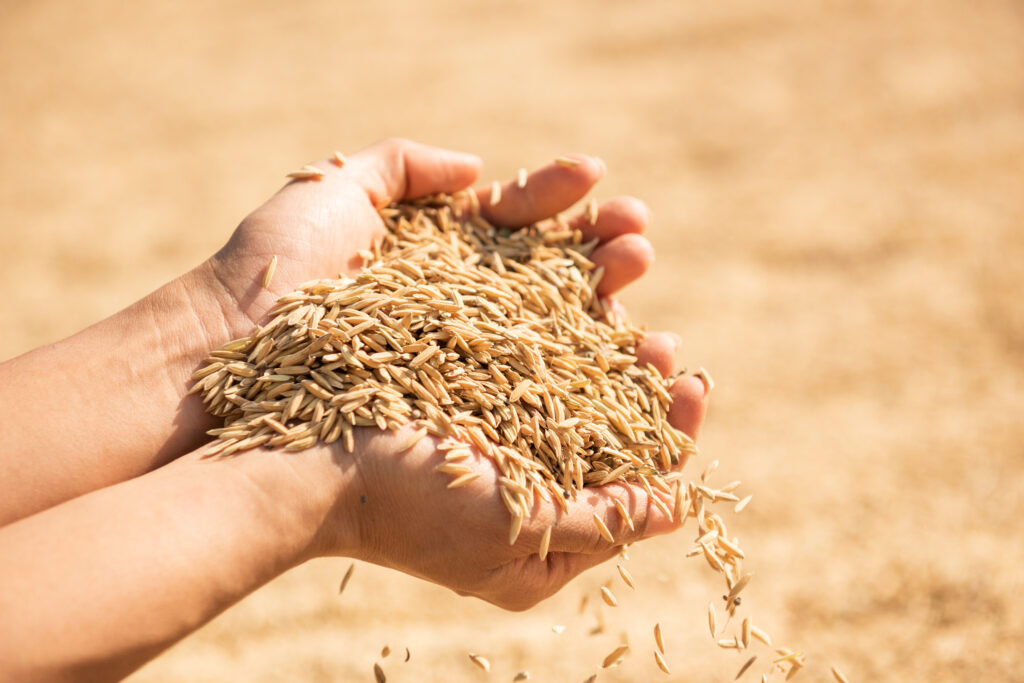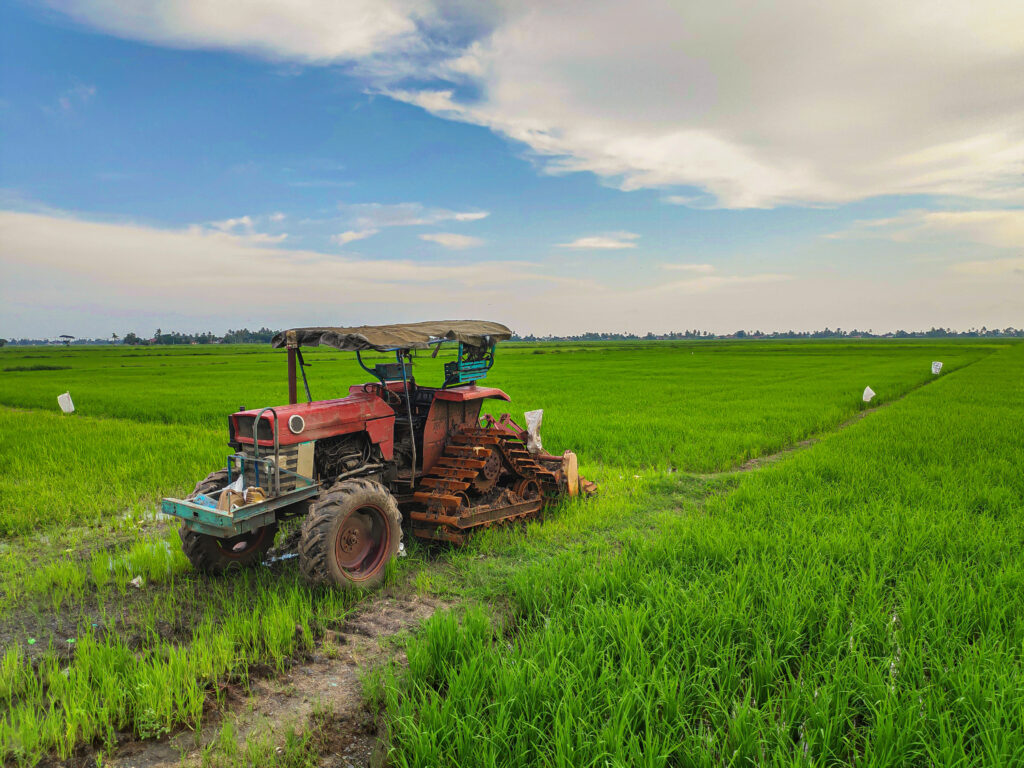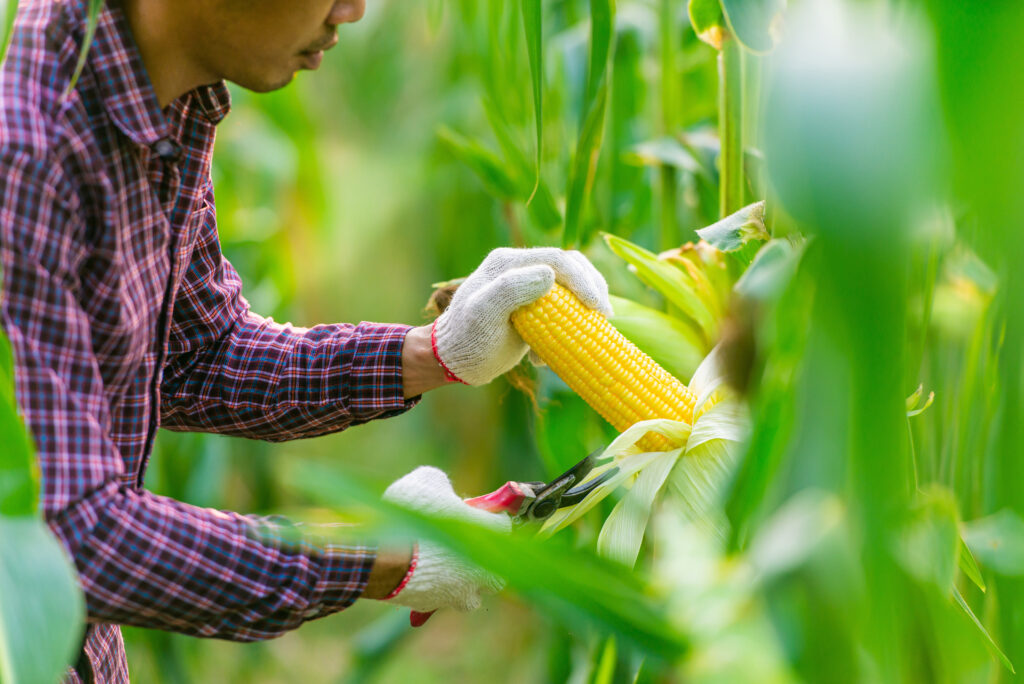The Paddy Estate Management Model (EMM) 2.0 programme, which uses the Smart Farming System (SPP), is expected to increase the average paddy yield to up to eight tonnes per hectare for the Muda Agricultural Development Authority (MADA) area by 2026.
Kedah Menteri Besar Datuk Seri Muhammad Sanusi Md Nor said the EMM 2.0 programme was implemented in Kampung Asam Jawa, Pendang in 2020, as a continuation of the success of EMM 1.0 introduced in 2011.
“The Kedah government and NCIA (Northern Corridor Implementation Authority) are working with MADA to introduce EMM 2.0 as an improved model,” he told reporters after visiting the Pendang EMM 2.0 site on Tuesday (Feb 15).
So far, the average paddy yield last season under the programme implemented in Pendang recorded almost 4.7 tonnes per hectare, Muhammad Sanusi said. He hopes the initiative could be expanded to all MADA areas in Kedah in future.
He said the programme involves a land area of 64 hectares, run by a local company and involves the use of the Internet of Things (IoT) and the Fourth Industrial Revolution (IR 4.0).
Meanwhile, NCIA in a statement, said the EMM 2.0 is able to improve the quality and quantity of paddy crops, thus increasing the productivity of farmers in the Northern Corridor Economic Region (NCER) by 2026.
“EMM 2.0 is a strategic initiative under the NCIA AgriBio Economic Zone (NAEZ), which involves two bigger areas namely, Transkrian Agri Hub and Chuping-Bukit Kayu Hitam Agri Belt.
“This initiative is expected to have a significant impact on the national food security agenda and also to have an impact on the B40 group, in an effort to increase the income and socio-economic status of the people in NCER,” it said.
The initiative, which was in line with the National Agrofood Policy 2.0, was a paddy cultivation management model that incorporated modern agricultural components such as the implementation of estate management in an integrated manner, increasing the fertility of the soil and improving infrastructure.
“The use of SPP will attract the participation of young people, as well as to produce farmers who belong to the group of skilled workers in the agricultural industry with the use of the latest equipment,” it added.
It also said that SPP was monitored by a technical working group (TWG) comprising representatives of local agencies and experts, such as the Malaysian Agricultural Research and Development Institute (MARDI), Universiti Sains Malaysia (USM) and the Malaysian Digital Economy Corporation (MDEC).
EMM 1.0 was introduced in 2011, involving 2,000 hectares of paddy fields in Seberang Perai Utara, Penang, which was subsequently expanded to several other locations in Kuala Muda Selatan, Asun and Kerpan in Kedah, as well as in Kerian, Perak, including paddy fields under the area farmers organisation (PPK).
Within two seasons of the implementation of EMM 1.0, Kerian witnessed a very encouraging increase in average paddy yield from 3.3 tonnes to six tonnes per hectare, which increased farmers’ income by up to 27% and 80% of the use of machinery (utilisation factor-UF).





